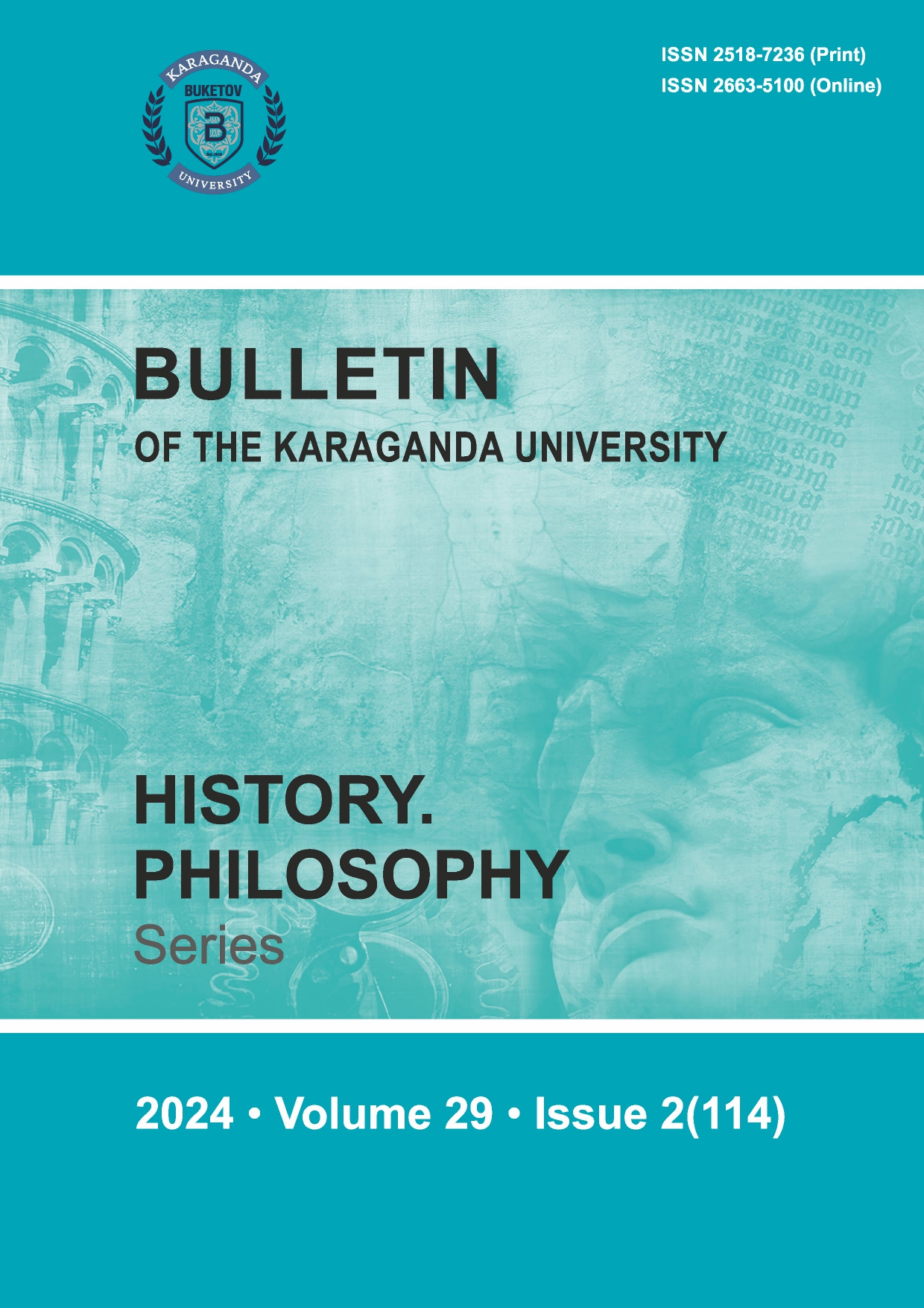Digital identity in the space of digital culture
DOI:
https://doi.org/10.31489/2024hph2/307-312Keywords:
digital culture, identity, networks, Internet, digitalization, communicative rationality, self-esteem, virtual realityAbstract
The dynamism of the modern epoch in many ways requires the same dynamic definition of its role and signif- icance in this rapidly changing world, and it is also necessary to designate the identification code of this period of history. Obviously, the problem of any historical space, any historical period is the definition of identi- ty. Only when the boundaries and contours of identity are found can a person adequately understand his role and place in the flow of history, in social practice. Modern reality, which is being realized in the context of the intensification of the total digitalization process, requires a search for your identification code. Especially on the scale of an actively becoming digital culture. It was this research perspective that determined the con- tent of this article. The authors, relying on socio-philosophical research techniques, analyzed digital identity within the framework of the phenomenon of digital culture. The authors pay special attention to the risks that such an identity carries; the authors also point out the possibility of dissonance in digital and real identities. The authors' scientific interest is related to the objective difference between real identity and the identity that they present in the digital space. As a rule, these types of reality do not coincide and contradict each other. This state can lead to dissociative personality and a feeling of one’s own uncertainty. And in this sense, the task of society is to create a digital situation in which a person would objectively evaluate himself both in real life and in the field of digital space. The state and society bear a certain responsibility for the possible risks and challenges that the active process of digitalization brings, which does not exclude, of course, the personal responsibility of each participant in digital communication.




